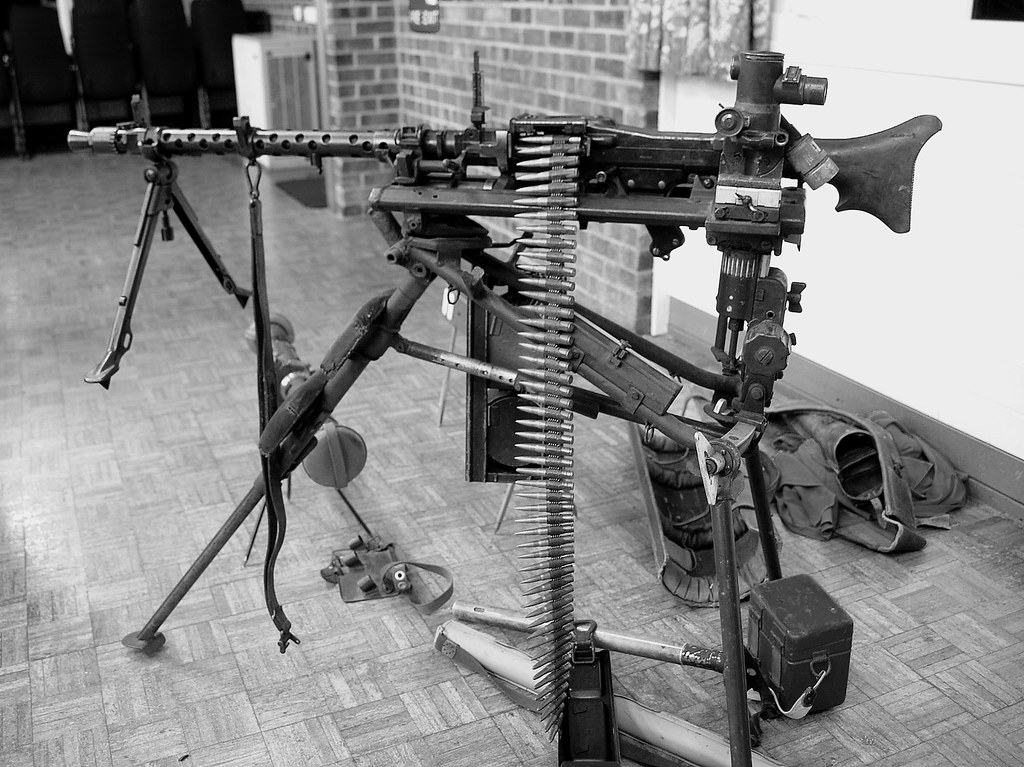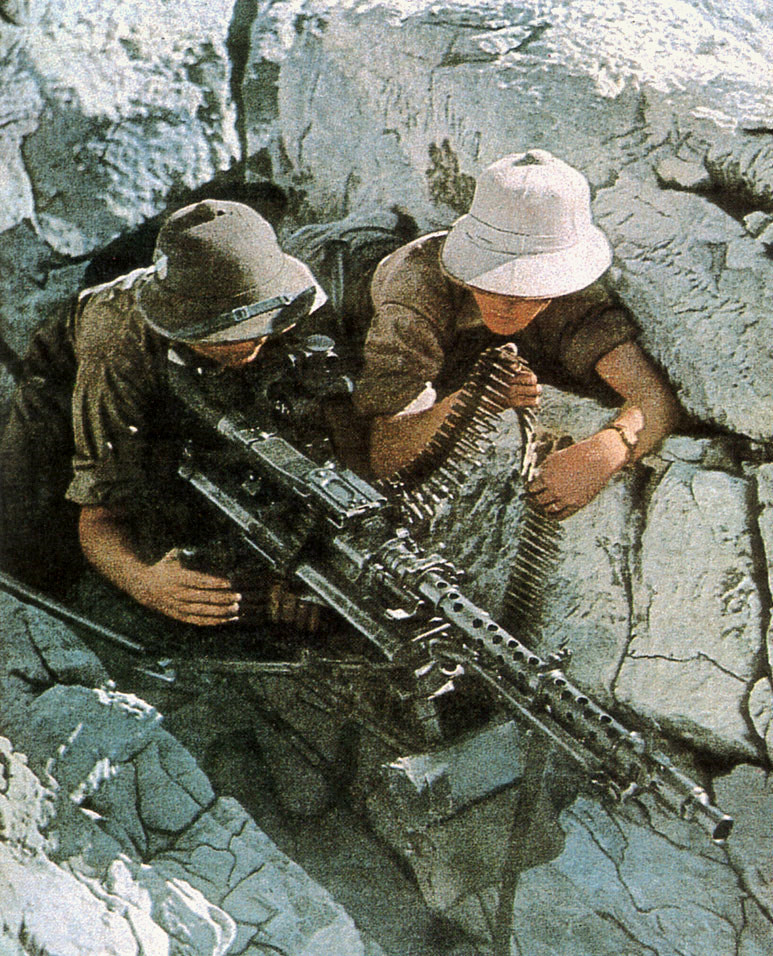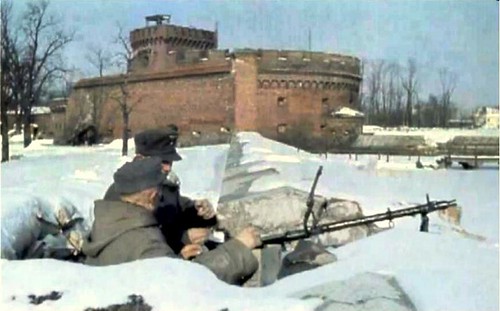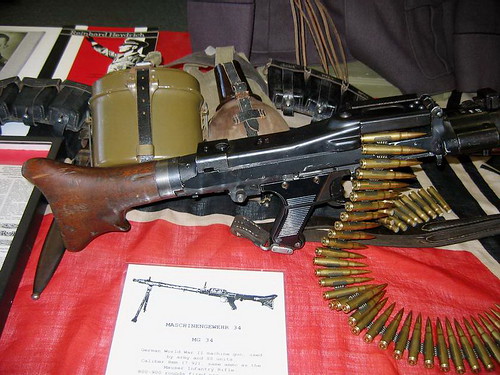
In the annals of military history, certain weapons stand out as revolutionary, altering the very fabric of warfare. Among these, the Maschinengewehr 34, or MG 34, remains a poignant example of innovation and engineering prowess that ushered in a new era of infantry combat. Introduced in 1934, the MG 34 pioneered the concept of the general-purpose machine gun, embodying versatility with its rapid rate of fire and substantial effective range.

Designed and first tested in 1929 by Heinrich Vollmer of Mauser Industries, the MG 34 was a response to the changing dynamics of warfare. It was a time when machine guns were predominantly cumbersome, water-cooled, and largely immobile. The MG 34 broke this mold, presenting a lighter, air-cooled, and more mobile option that could be operated by a single soldier. It accepted the 7.92×57mm Mauser cartridge, which was a standard German service round at the time.


The MG 34’s multifaceted design allowed for both offensive and defensive applications, with adaptability to a drum magazine for mobile use or belt-fed ammunition for stationary defensive roles. This unique dual nature earned it the distinction of being “the world’s first general-purpose machine gun,” as it combined the functions of a light machine gun and a heavier support weapon.

A distinctive feature of the MG 34 was its double-crescent trigger, which offered a selection between semi-automatic and fully automatic firing without the need for a separate fire mode selector. The operator could initiate single shots by pulling the upper segment of the trigger or unleash the full fury of automatic fire by pressing the lower part. This innovative design, while complex, demonstrated the foresight of its creators in adapting to varied combat scenarios.

The MG 34 made its battlefield debut in the Spanish Civil War, where it was first tested by German troops supporting Franco’s Nationalists. It quickly became the mainstay of German infantry firepower, with tactics often revolving around the machine gun team rather than the individual rifleman. The rapid rate of fire, up to 900 rounds per minute, earned it the nickname “Hitler’s Buzzsaw” due to the characteristic sound it produced when unleashing its lethal barrage.

Although later supplanted by the MG 42, which was simpler and cheaper to produce, the MG 34 continued to see service until the end of World War II. Its influence persisted, as evidenced by its use across various theaters and adaptations in vehicle and aircraft armaments. Even today, the MG 34’s legacy lives on in the modern MG3, fielded by Germany’s Bundeswehr, which despite modernization, retains the core principles that made the MG 34 a legend in military hardware.

The MG 34’s role in reshaping infantry tactics cannot be overstated. Before its introduction, infantry engagements were primarily rifle-focused, with the cumbersome machine guns of World War I proving devastating yet static. The MG 34 changed that dynamic, allowing for greater mobility and fire support, fundamentally shifting the role of the infantryman on the battlefield.

Collectors and enthusiasts today still marvel at the engineering feat of the MG 34. While original functioning units can fetch high prices, even non-functional replicas serve as a testament to the weapon’s enduring significance in military history. They remind us of a time when a single piece of machinery could redefine warfare, and they celebrate the ingenuity that continues to inspire modern firearm design.
related images you might be interested.








